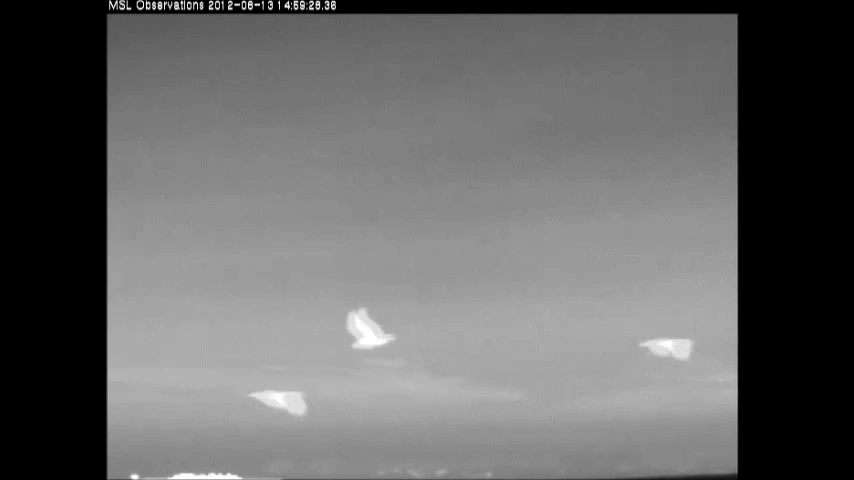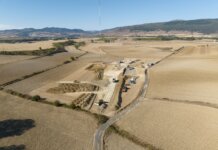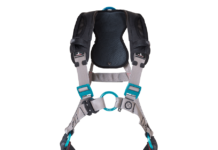The U.S. Department of Energy’s Pacific Northwest National Laboratory (PNNL) is working on night vision technology that could help protect birds and bats near offshore wind turbines. Dubbed ThermalTracker, the software would automatically categorize birds and bats in a thermal video.
“ThermalTracker can help developers and regulators make informed decisions about siting and operating offshore wind projects,” says PNNL engineer Shari Matzner, who leads ThermalTracker’s development. “We need scientific tools like this to better understand how offshore wind turbines can coexist with birds and bats.”
According to PNNL, the software can help determine if there are many birds or bats near an offshore wind farm and if they could be affected by the project; if that’s the case, officials can consider adjusting the location of a proposed project or modifying an existing project’s operations.
Biologists at the nonprofit Biodiversity Research Institute (BRI) are testing the system this summer to determine how well it identifies birds compared to their field observations in Maine.
Wing Goodale, deputy director of the institute, says, “Developing technology to detect bird and bat avoidance at terrestrial and offshore wind farms will promote a better understanding of the nature of wildlife risks – or lack thereof – at any type of wind farm and reduce uncertainty about the potential for unintended impacts during operation. These cameras could provide a reliable method of detecting bird and bat response to offshore wind projects, where it is not possible to conduct traditional wildlife monitoring.”
According to PNNL, scientists have long used thermal imaging to observe bats, which are nocturnal and can’t be seen with traditional video at night. But while thermal cameras see general animal shapes when visibility is low, they don’t provide clear images or color – which makes identifying animals difficult, the lab explains.
PNNL’s solution involves algorithms that can identify birds and bats based on their flight behaviors. The ThermalTracker software specifically evaluates two characteristics: one, the shape of the path that birds or bats take to fly from point A to B, and two, how frequently their wings beat up and down. The software evaluates thermal video for these behaviors and then determines whether the observed animals are bats or birds.
Two previously published papers describe how an early version of ThermalTracker detected 81% of all animals recorded in thermal video and correctly classified 82% of those observed animals. And it took humans an average of five times longer to arrive at the same conclusions as the software.
Now, Matzner and her PNNL colleagues are improving their software. They’ve already updated its algorithms so it can detect animals as video is being recorded, instead of processing video after the fact. Live data processing means the software only saves video when a bird or bat is detected. With less data to store, the system can be used for long-term observation and provide more complete information about birds and bats near offshore wind power sites, says PNNL.
The team is also creating a system that has “stereo vision,” or 3D video, by using two thermal cameras instead of the just one. Having 3D video provides depth perception, which helps determine if birds are flying at the heights where turbines spin and if birds are avoiding existing turbines. Stereo vision will also reveal how far a bird is from a camera, which can determine bird size and, in turn, more accurately identify a bird, according to the lab.
BRI field researchers are testing the new stereo camera system this summer. While the two-camera system records, the institute’s scientists are documenting which birds they observe, how far away birds are and how well the camera system works.
Next, Matzner and her colleagues will use the field biologists’ notes to refine ThermalTracker algorithms so the software can better identify birds and bats from 3D video.
ThermalTracker’s original source code – without real-time processing and using video from just one camera – is open source and can be downloaded for free from GitHub, notes PNNL. The more advanced code is still being developed.
This research was initially funded through PNNL’s internal Laboratory-Directed Research Program and is now supported by the DOE’s Office of Energy Efficiency and Renewable Energy.
![]()
Photos courtesy of Eric Francavilla/Pacific Northwest National Laboratory




